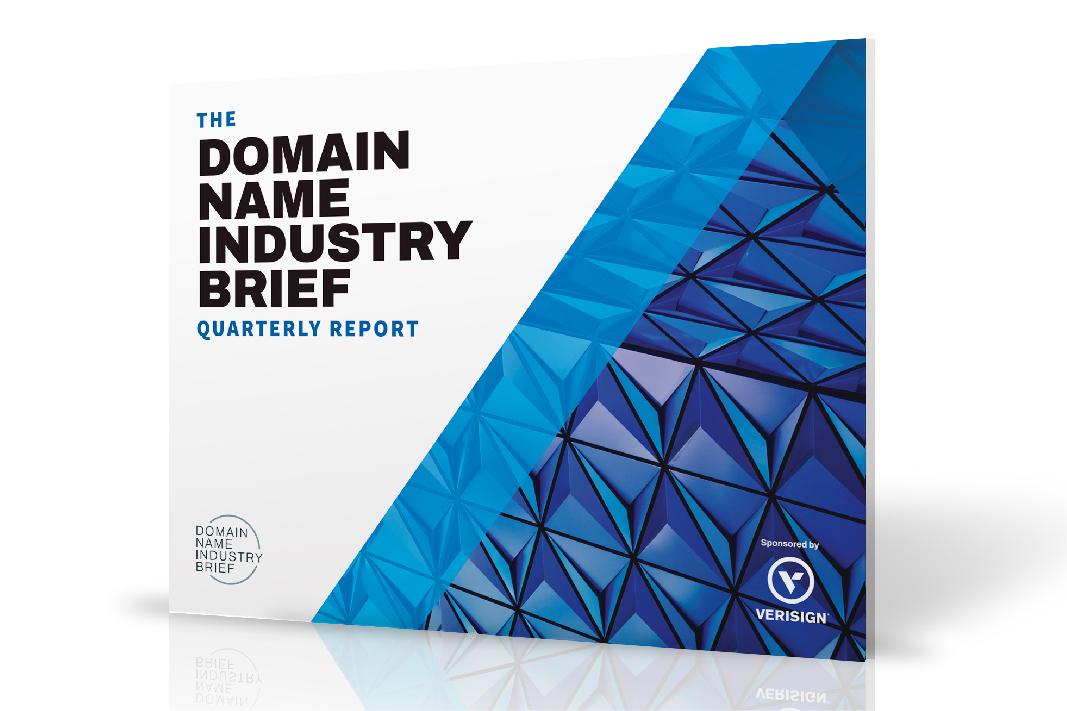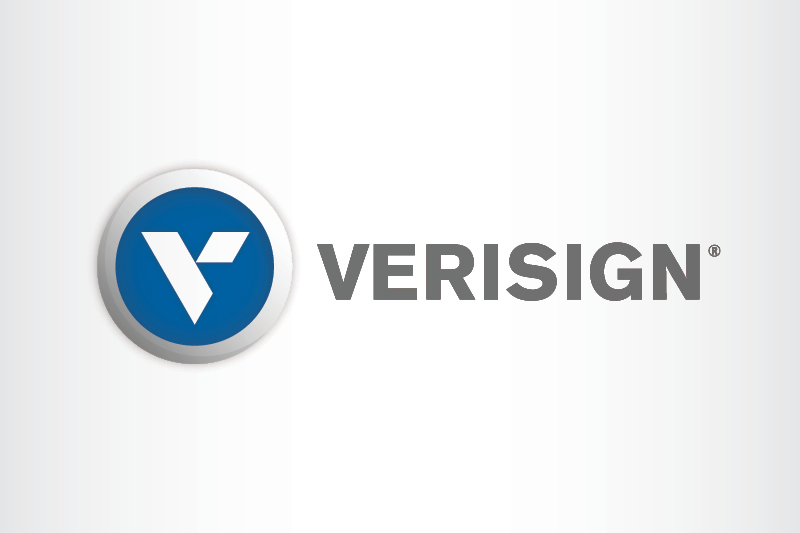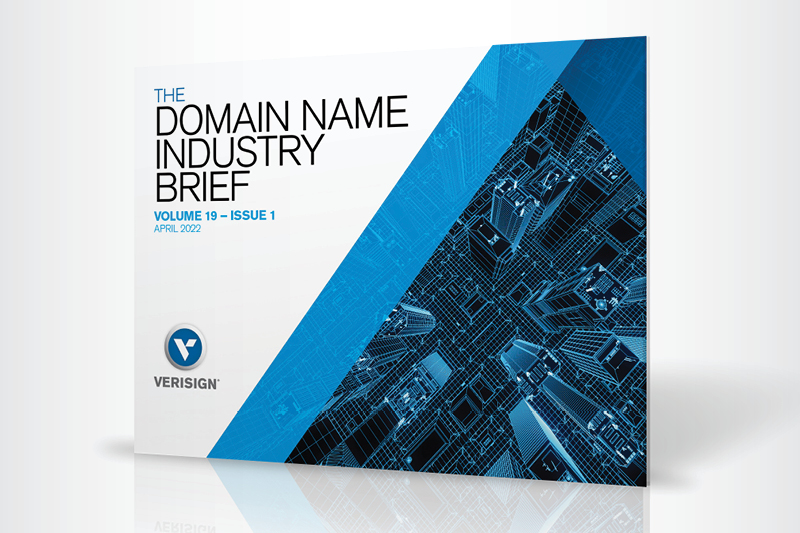Over the past several weeks, there has been significant discussion about Verisign and its management of the .com top-level domain (TLD) registry. Much of this discussion has been distorted by factual inaccuracies, a misunderstanding of core technical concepts, and misinterpretations regarding pricing, competition, and market dynamics in the domain name industry.
Billions of internet users and trillions of dollars in global commerce rely on the continuing security, stability, and resiliency of the .com TLD and the technical infrastructure that powers it, so it is vital that discussions about this topic be rooted in fact.
To set the record straight, we have collected and addressed the most common myths currently circulating about the .com TLD.
(more…)






